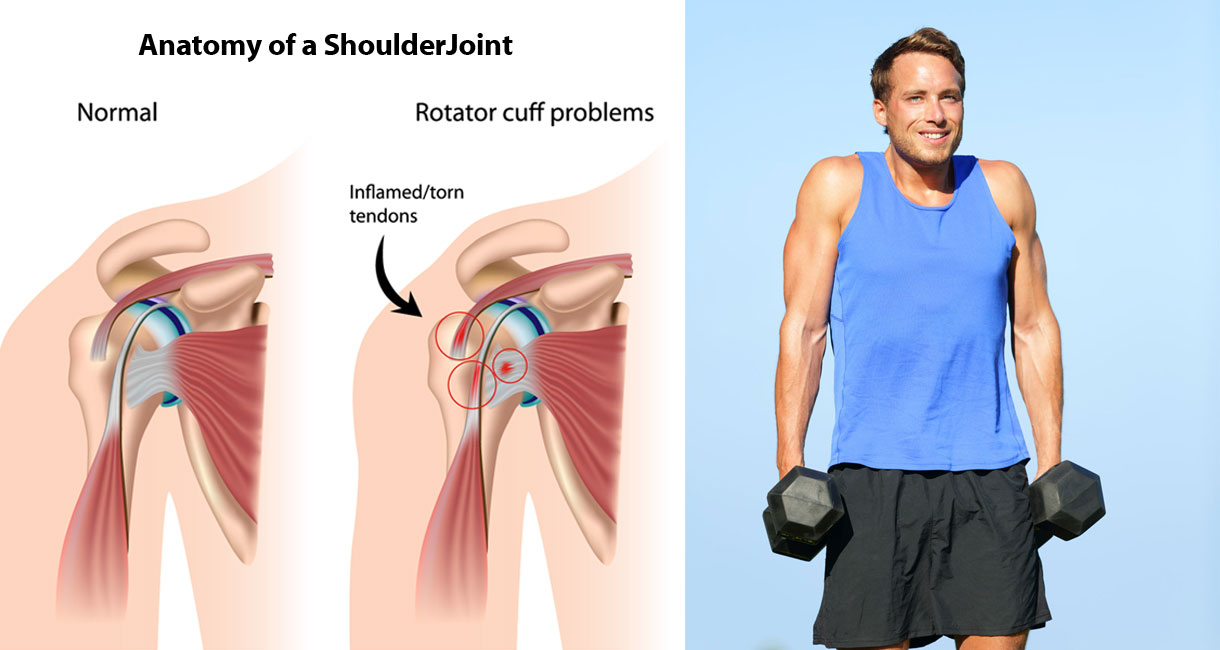January 2017 NewsBlast | Article 4
29 Jan 2017 / NAFCNAFC NewsBlast - January 2017 | Article 4
How to Shrug Off Shoulder Pain
By Tammy LeBoss | thefitprofoodie.com

One Exercise You May Want to Avoid!
For many of us, we understand the expression of ‘carrying the weight of the world on our shoulders’ all too well. According to researchers at Scranton University, the key to successfully moving forward after we’ve “goofed up”—whether this involves post-holiday binging or a regretful action – is to let go of self-blame. So if you haven’t yet shaken it off, learn to shrug it off, —literally.
Regarding the proper mechanics of “shrugging” it off, if there was any one group of exercises that is (commonly) done wrong because, well, you saw somebody else doing them this way, it would be Shoulder Shrugs. The villain involves,
Rolling your shoulders in an effort to more thoroughly work the upper traps. This is actually far less effective for building meaty upper traps and puts additional pressure on the discs of your cervical spine.
The Solution
If you must, the best way to work your upper traps is to simply elevate your shoulders directly toward your ears in a straight up-and-down motion with control. A few more important tips:
- Try not to push your head forward as you shru
- Try to keep your arms as straight as possible to keep the focus on the traps
- Never, ever, ever, ever look down
These tips go for all Shrugs, including barbell, dumbbell, and behind-the-back barbell varieties.
NAFC discourages performing Shoulder Shrugs. But if you must, who can actually benefit from Shoulder Shrugs?
There are only a few groups on the planet that could benefit from doing Shrugs: Football Players, Bodybuilders, Wrestlers, and MMA Fighters. Those athlete's may do them to help protect their neck (thick traps can do that). Bodybuilders do, because traps are a muscle group that are judged and critiqued. The rest of the population have about as much use for working their traps as a President trying to initiate policies after Thanksgiving - don't bother.
It is important to remember that when not performed purposefully or carefully, this exercise can cause a tremendous amount of bio-mechanical stress on the joints, leading to inflammation in the shoulder complex, including: in the tendons of the rotator cuffs, the rhomboids, the bursa and can increase the likelihood of shoulder impingement.
To avoid disc herniation and for optimal form and alignment, never shrug off the ANSER™ Safety Principles. Prior to performing, learn the proper technique and understand the purpose of this exercise. Understand why NAFC discourages performing this high-risk exercise, and you’ll shrug off shoulder pain as well as those post-election blues in no time.
1

